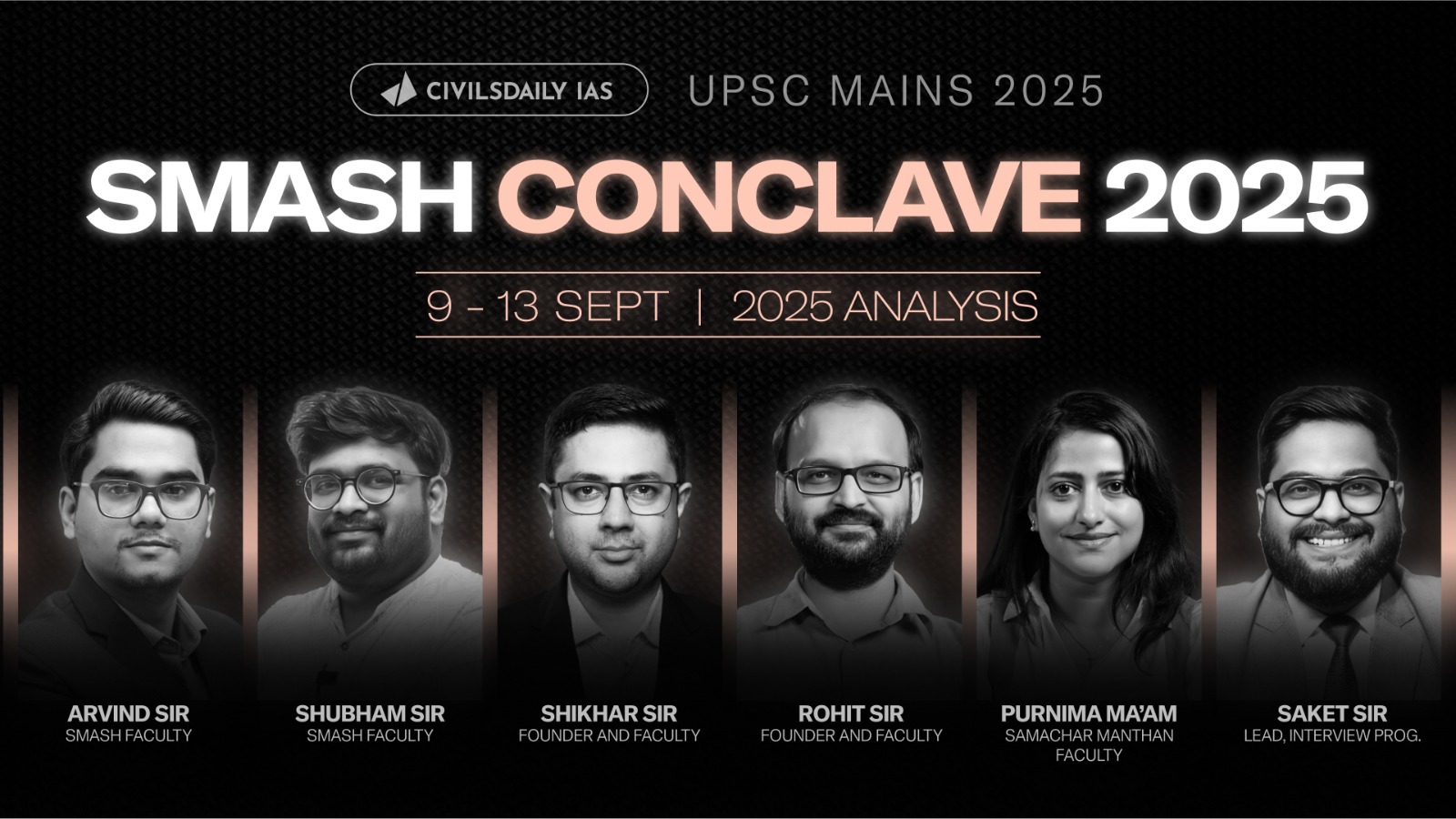Note4Students
From UPSC perspective, the following things are important :
Prelims level: NATO
Mains level: Read the attached story
NATO Secretary-General said that Finland will become the 31st member of the military alliance.
What is the North Atlantic Treaty?
- North Atlantic Treaty, often referred to as the Washington Treaty, states the parties to the treaty seek to promote stability and well-being in the North Atlantic area.
- The signatories affirm their faith in the purposes and principles of the UN Charter and express their desire to live in peace with all people and governments, the treaty states.
| Establishment | April 4, 1949 |
| Headquarters | Brussels, Belgium |
| Membership | 30 member countries, including the United States, Canada, and most of Europe |
| Objective | Collective defense against external aggression and the preservation of peace and security |
| Article 5 | Collective defense clause which states that an attack on one member is an attack on all members |
| Military Commanders | Supreme Allied Commander Europe (SACEUR) and Supreme Allied Commander Transformation (SACT) |
| Main Decision-Making Body | North Atlantic Council (NAC) |
| Funding | Contributions from member countries, based on a cost-sharing formula |
| Partnerships | NATO has partnerships with several countries and international organizations, including Australia, Japan, South Korea, and the United Nations |
| Criticisms | Criticized for its role in the Cold War and for its intervention in conflicts outside of Europe, such as the war in Afghanistan |
What is the process for securing NATO membership?
| Process for Securing NATO Membership | Description |
| Establishment of consensus | Member countries establish consensus about a country’s potential membership. |
| Invitation to join Membership Action Plan (MAP) | Applicant countries may be invited to join MAP. This provides preparatory advice, assistance, and practical support tailored to their specific needs. It concludes with the formal timetable for the completion of prerequisite reforms. |
| Annual feedback report | NATO draws an annual report providing feedback to the aspirant country about its progress in their annual national programmes, and identifying areas for further action. |
| Confirmation of intent | NATO experts and representatives of the invited countries meet in Brussels to obtain formal confirmation of the invitee’s willingness and ability to meet the political, legal, and military obligations and commitments of NATO membership. |
| Issue of letter of intent | The applicant country issues a formal letter of intent to NATO, confirming the obligations and commitments of the organization. |
| Necessary amendments and ratification | The necessary amendments are made to make the invitee a party to the Washington Treaty, followed by ratification of the applicant country’s constitutional protocols for facilitating membership. |
| Acceding to the Treaty | Secretary-General calls the potential new members to accede to the North Atlantic Treaty. This is after all NATO members notify their acceptance to the government of the United States, the depository of the Washington Treaty, about the applicant. |
| Membership confirmed | Following the invitee depositing their instruments of accession with the US State Department, the applicant becomes a member of NATO. |
The MAP obligations
| Chapter | Issues identified |
| Political and Economic | Settle disputes peacefully, promote human rights and democracy, refrain from force, contribute to collective defence, establish civilian control of armed forces |
| Defence | Improve military capabilities, participate in Partnership for Peace Programme, contribute to collective defence planning, ensure interoperability |
| Resources | Allocate sufficient budget resources, contribute to NATO’s common-funded activities |
| Security | Ensure security of sensitive information in adherence to NATO security policy |
| Legal | Scrutinize domestic law for compatibility with NATO rules and regulations |
Current applicants and members
| Year | New Members |
| Formation: 1949 | Belgium, Canada, Denmark, France, Iceland, Italy, Luxembourg, Netherlands, Norway, Portugal, UK, US |
| 1952 | Greece, Turkey |
| 1955 | West Germany |
| 1982 | Spain |
| 1999 | Czech Republic, Hungary, Poland |
| 2004 | Bulgaria, Estonia, Latvia, Lithuania, Romania, Slovakia, Slovenia |
| 2009 | Croatia, Albania |
| 2020 | North Macedonia |
Why does Russia fume over NATO?
- NATO’s expansion: Russia views NATO’s expansion into Eastern Europe as a threat to its security and influence in the region. The alliance’s decision to accept former Soviet republics and Warsaw Pact members as members is seen by Russia as a direct challenge to its strategic interests.
- Military exercises: Russia has also expressed concern over NATO military exercises in the region, which it sees as a provocation and a show of force. NATO’s decision to station troops and equipment in Eastern Europe has also been criticized by Russia.
- Missile defense system: Russia has been particularly critical of NATO’s missile defense system, which it sees as a threat to its own nuclear deterrence capabilities. Russia argues that the system is designed to neutralize its strategic weapons and that it undermines global strategic stability.
- Ukraine and Georgia: Russia has accused NATO of interfering in the affairs of Ukraine and Georgia, two former Soviet republics that are seeking closer ties with the West. Russia sees NATO’s support for these countries as an attempt to encircle and contain Russia.
Get an IAS/IPS ranker as your 1: 1 personal mentor for UPSC 2024


